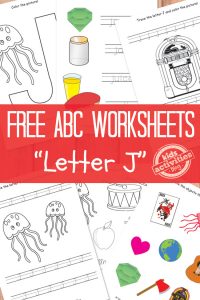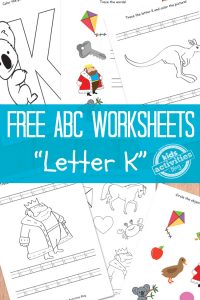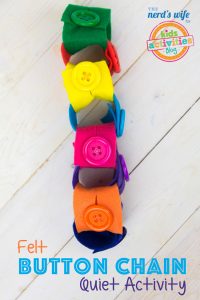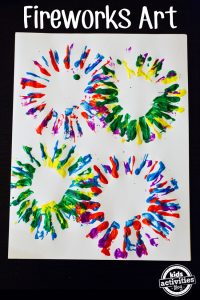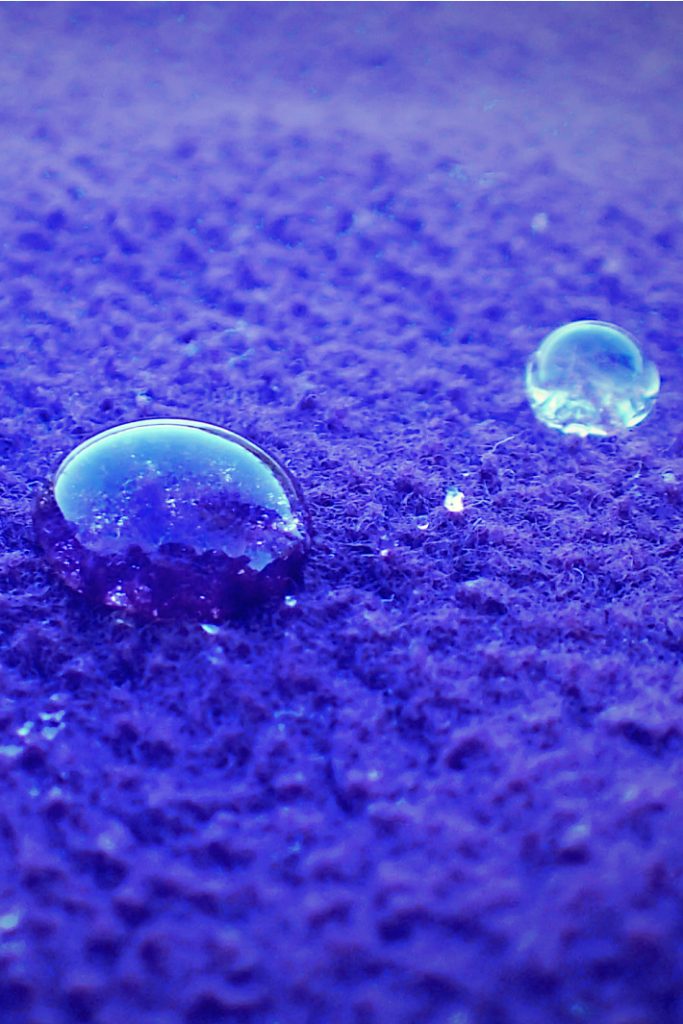
What makes water molecules stick together to form a drop of water?
Surface Tension.

What allows those cool water bugs to walk on water?
Surface Tension.
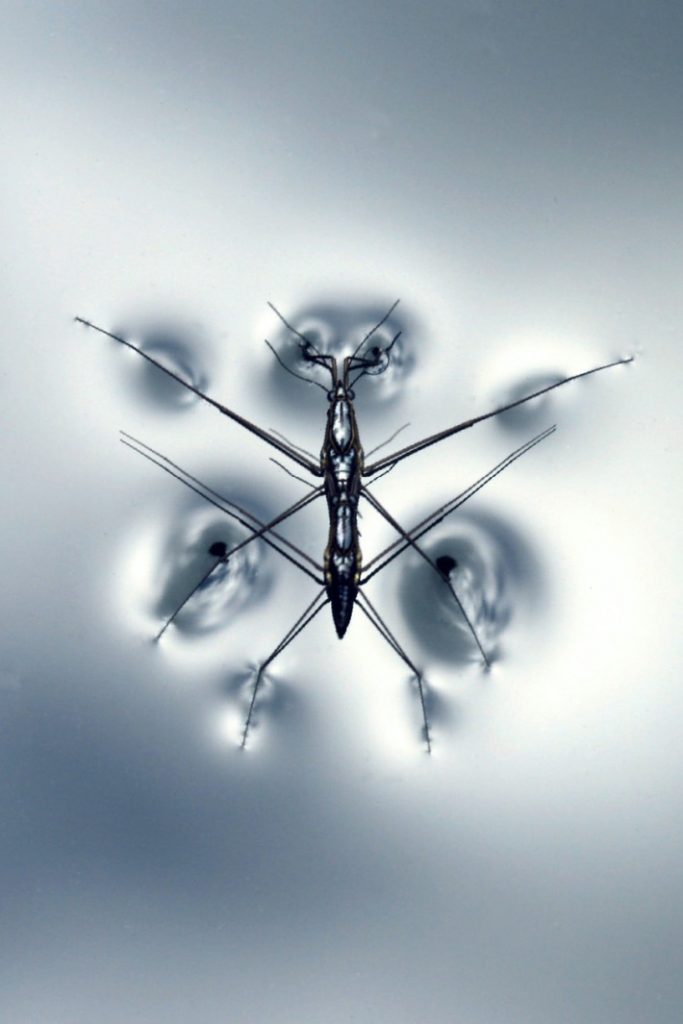
Surface Tension
But what is surface tension and how to you teach it to children in a way that makes more sense?
The property of the surface of a liquid that allows it to resist an external force, due to the cohesive nature of its molecules.
–Water Science School at USGS
I think of it a little like a “skin” that forms on the surface of the water to keep the edges of the water together even though that isn’t quite right scientifically. Basically, the water molecules are more attracted to each other than they are the air.
This property is caused by cohesion of similar molecules, and is responsible for many of the behaviors of liquids.
This article contains affiliate links.
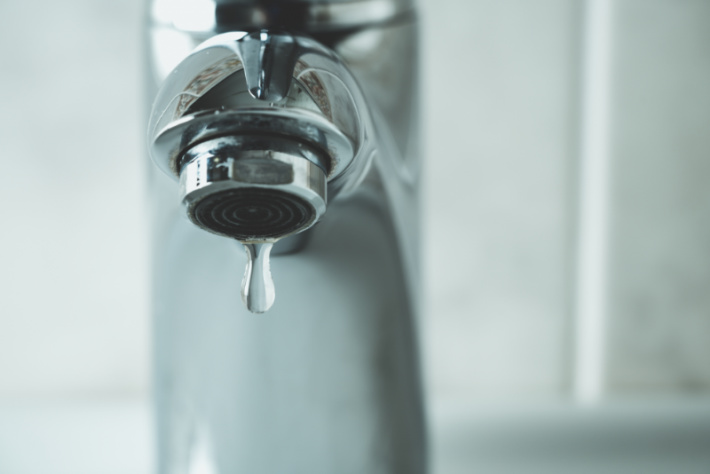
Surface Tension and Droplets
Because water molecules are attracted to each other, this causes the shape of a liquid droplet. They want to be spherical to be as close to each other as possible, but when dropping gravity starts pulling them away from each other.
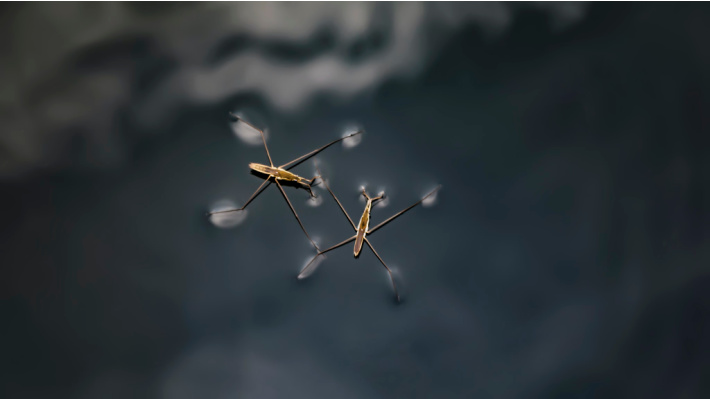
Surface Tension and Water Bugs
In the case of water bugs and other insects like water striders who are able to run on the water surface, their weight is not enough to penetrate the surface of the water caused by tension.

Surface Tension and Floating
Some objects can float on the surface of water, even though they are denser than water.
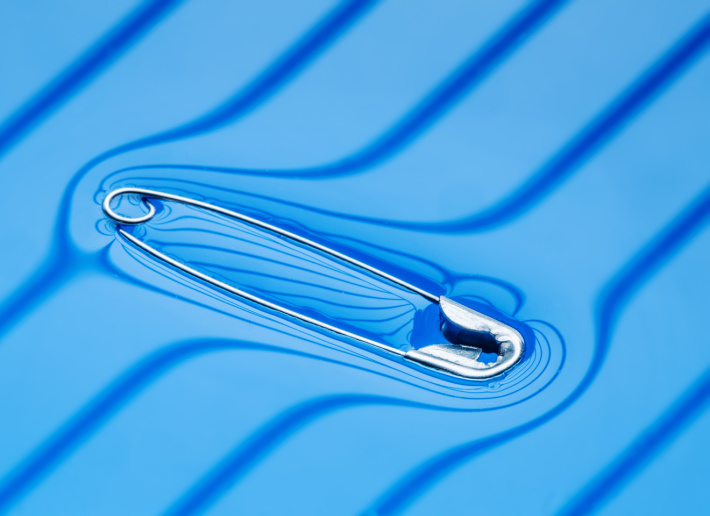
An object like a safety pin or needle can carefully be placed on the surface of the water and float even though it is quite heavy in relation to the water. Once the surface is agitated and the surface tension “broken” the object will quickly sink.
Hands-On Surface Tension Learning Activity for Kids
Well, I wouldn’t get more than 10 words of that definition spoken before my children’s eyes would glaze over.
So I decided to forget the formal definitions and instead do a hands-on demonstration!
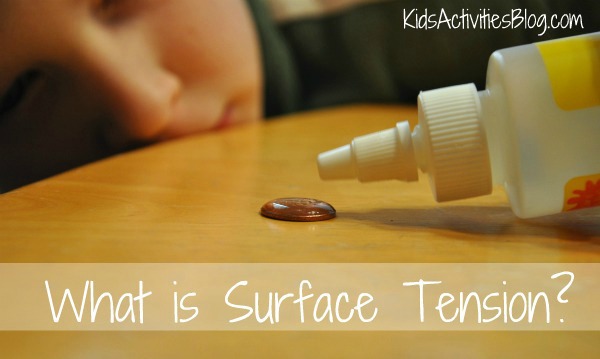
Supplies Needed
- penny
- squeeze bottle, medicine dropper or pipette
- water
To demonstrate surface tension, we used a penny and found a squirt bottle that we could easily control the rate of water droplets.
A medicine dropper or pipette would be ideal.
Activity Directions
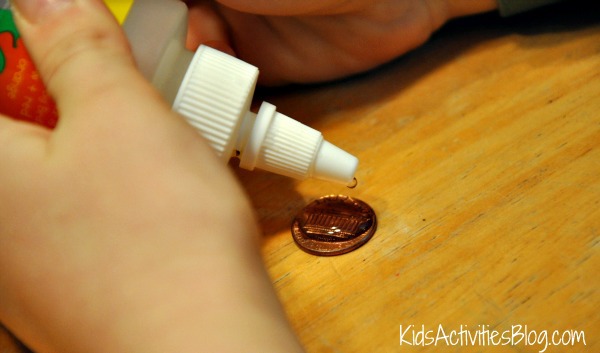
Step 1
Fill your squeeze bottle, dropper or pipette with water.
Step 2
Drop water onto a flat penny drop by drop.
We filled the top of the penny with water drops….then we added more drops….and more drops.
As my children worked on adding drops of water to their pennies, I explained to them what surface tension is in my own words:
The water molecules hold on tightly to each other. They don’t want to separate. They especially cling to each other at the surface because there is no water molecule on the other side of them to grab on to. The water molecules on the surface holds on to each other so tightly that a “skin” seems to form on the surface. he water droplets keep building on top of each other until a small dome of water forms on the top of the penny.
Of course, the moment eventually comes when the water molecules just can’t hold on any longer and they spill over on to the table.
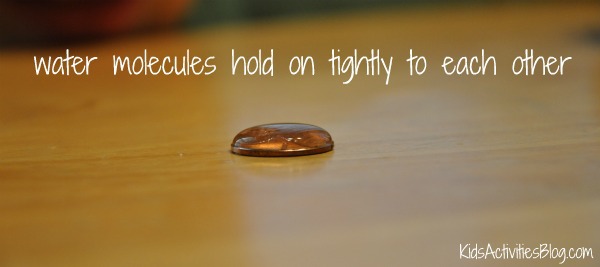
My children were absolutely amazed with the dome of water they created on their pennies.
However, they repeated the demonstration over and over again not to see the dome but to see which one of them would make the water spill on to the table first.
What fun we had!
Surface Tension Activities for More Learning
Try some of the activities in the surface tension information above like trying to make a needle or safety pin float and then sink. Go on a water drop scavenger hunt and try to find places where water is a sphere and where water is a droplet shape. Find things floating that seem to heavy to float!
More Science Activities & Simple Science Experiments from Kids Activities Blog
- Check out this surface tension experiments idea using LEGO bricks.
- Here is the surface tension experiment using pepper.
- Explore the surface tension created with how to make bubbles.
- Explore the surface tension colorful results in this milk and food coloring experiment.
- Surface tension goes a little crazy with how to make oobleck!
- 100s of science experiments for kids that you can easily do in your kitchen.
- More simple science for kids at home.
What did you learn about surface tension? How did your surface tension activity go?
